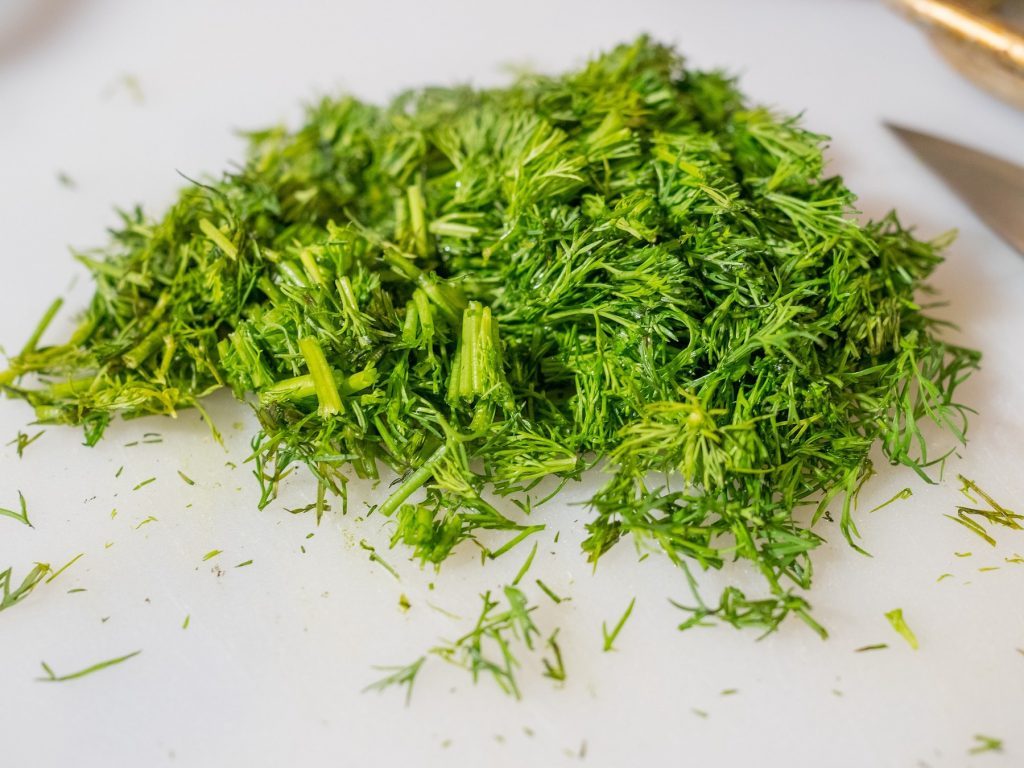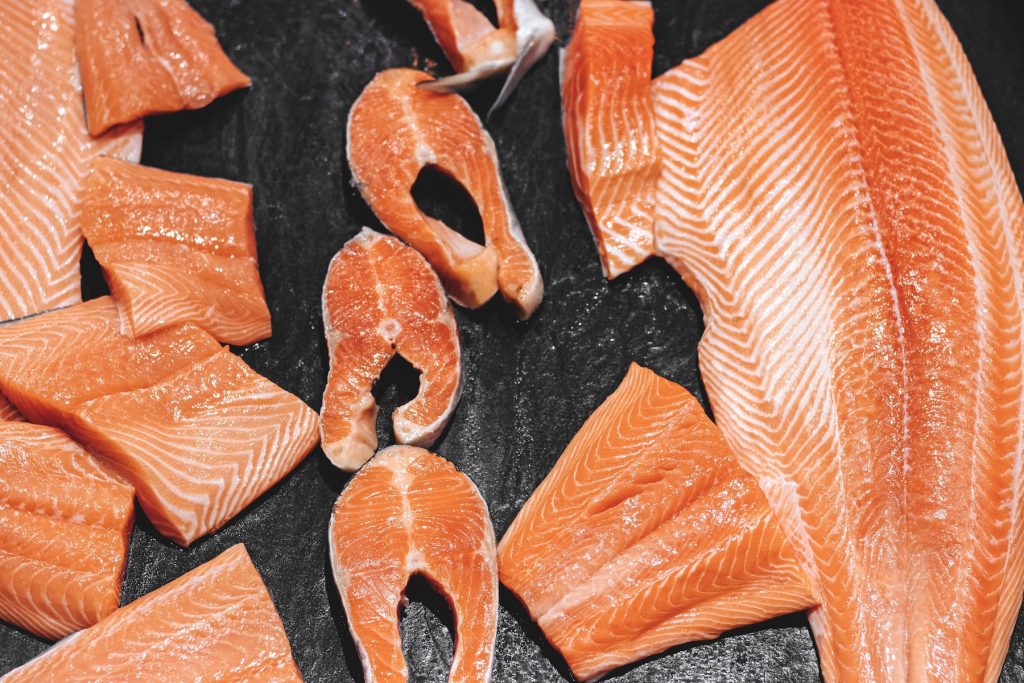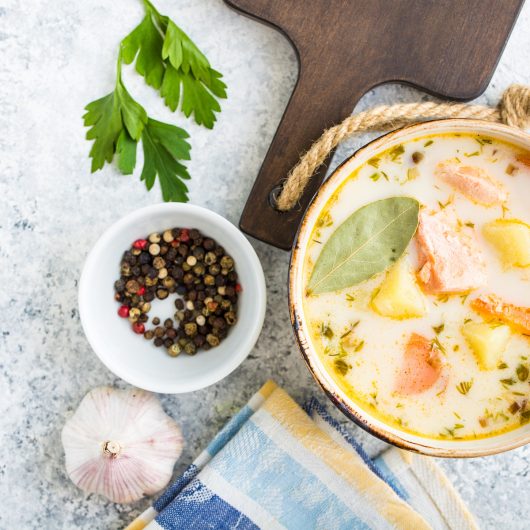Salmon Chowder is a great recipe for leftover salmon. Sometimes when I’m making salmon for dinner, I make extra just so I can make this chowder the next night. Writing out the recipe, the ingredient list looks long which may make the recipe seem intimidating, but it always feels very simple and easy when I’m making it. I just throw some veggies in the food processor and then cook them up while I’m chopping up the leftover salmon and some potatoes and just keep adding things to the pot until everything is done and then the whole family digs in.
Fresh parsley and dill are almost irreplacable in this recipe. The aroma and flavor that they add, especially as a garnish on each bowl is unbeatable to me. It really is worth the extra expense and effort, in my opinion.

However, I know it can be difficult to track down fresh dill sometimes, so I added directions in the notes about how to substitute dry herbs in place of fresh. If you need to do that, I recommend against trying to do an herb garnish as dry herbs generally are not appetizing unless they have a chance to rehydrate and cook and their flavor is really different than fresh. One thing I will mention, is that I have used the “freeze-dried” variety of dried dill and I find it works really well in this dish, so if you can’t get fresh I’d recommend it as a best possible replacement.

Fresh salmon is a staple around my house, but I realize not everyone cooks it as often as I do. If you are more comfortable with a canned salmon for your chowder, I think that is a workable substitute. Obviously the taste will be somewhat different, and I suspect the pieces would be much smaller than bite size, but in theory it should work just fine. I would recommend finding a good quality canned salmon. For fresh salmon, I always buy Pacific. I tend to buy king (often called Chinook where I’m from) or coho. Sockeye is also a good choice. If you’re in doubt as to what to buy, ask the fishmonger behind the counter at your favorite grocery store and they can help you choose. Frozen fillets are also a great option.

